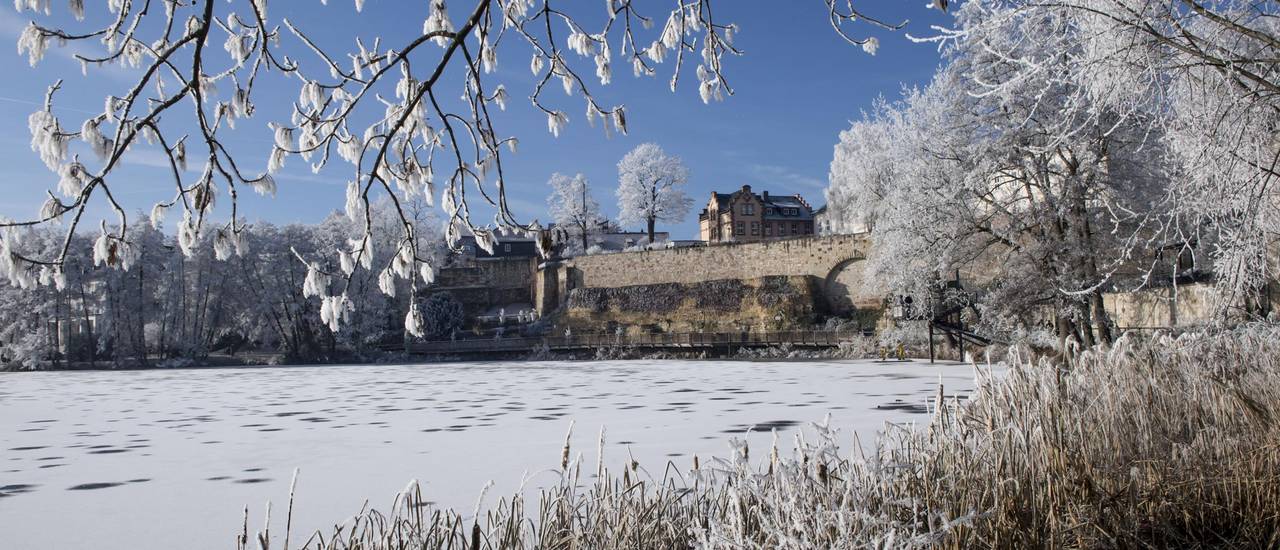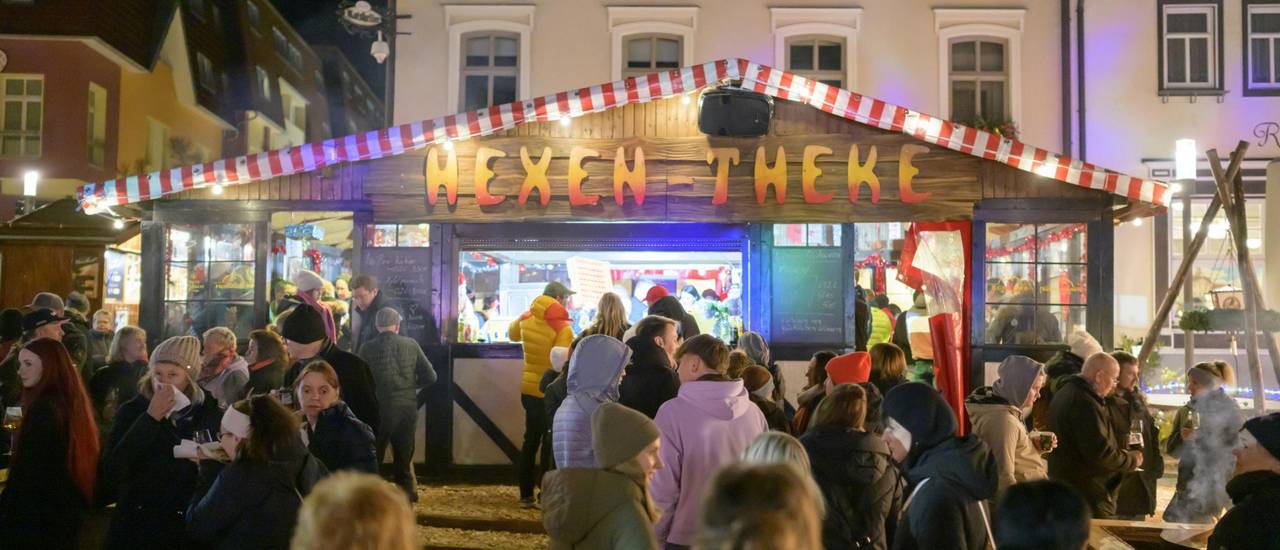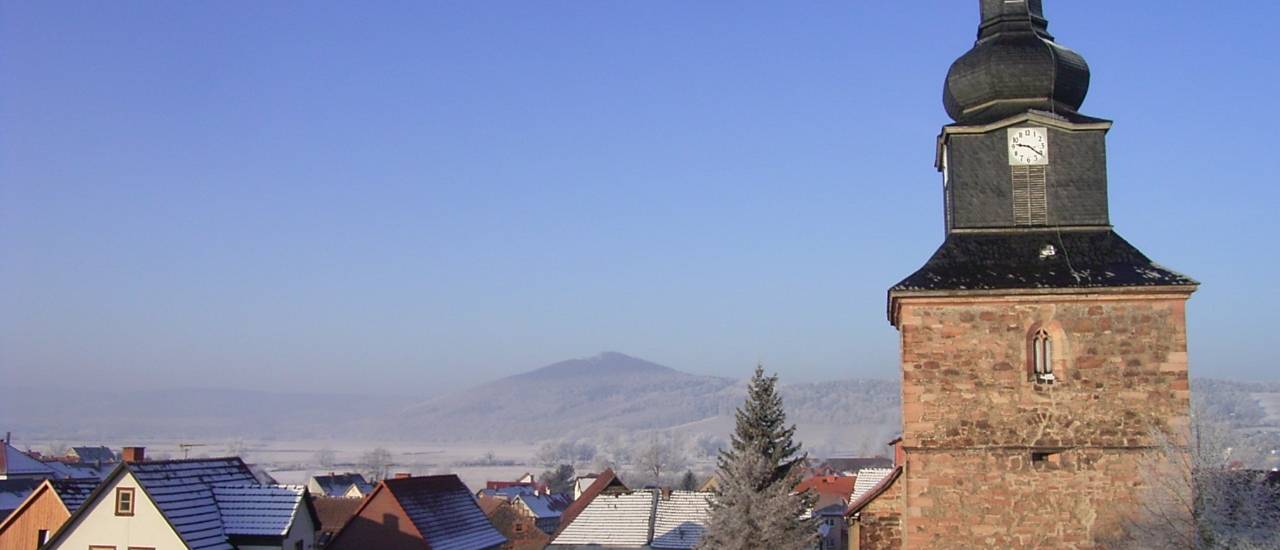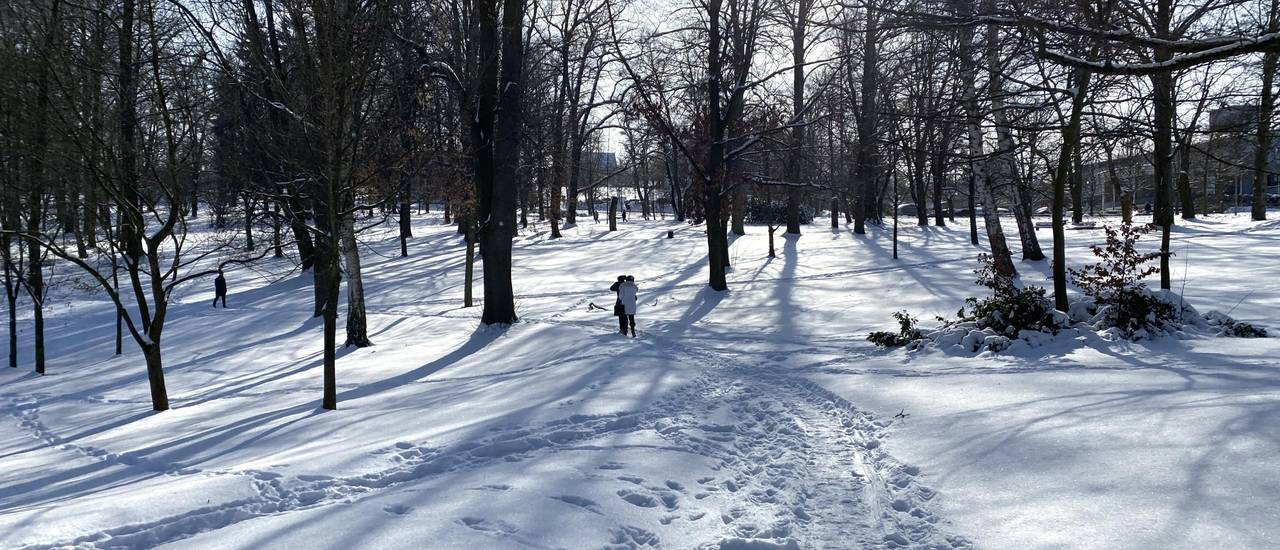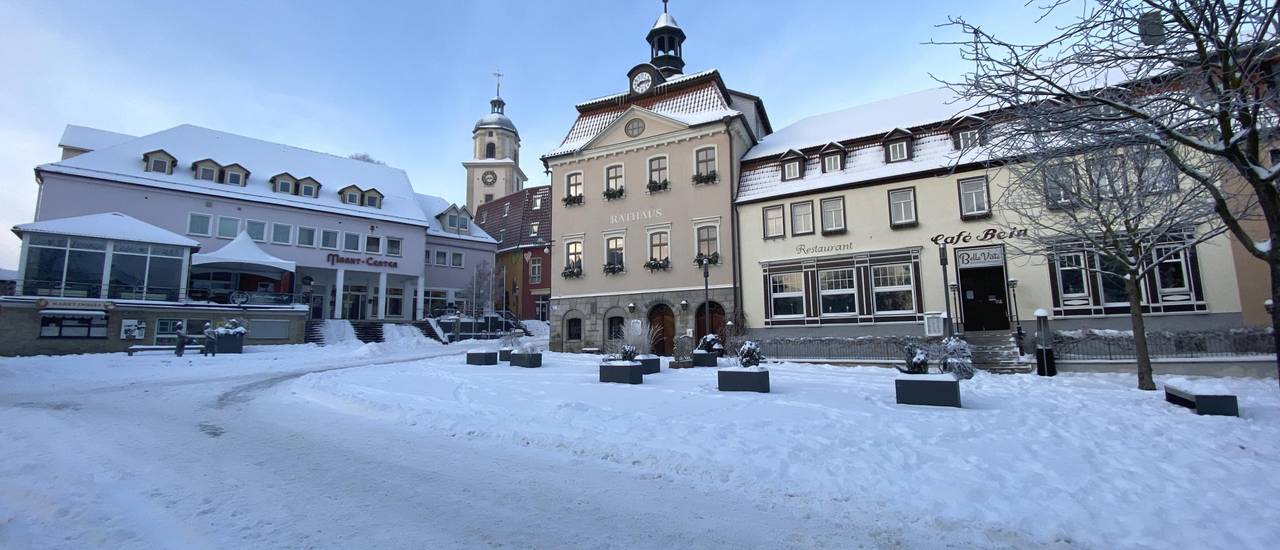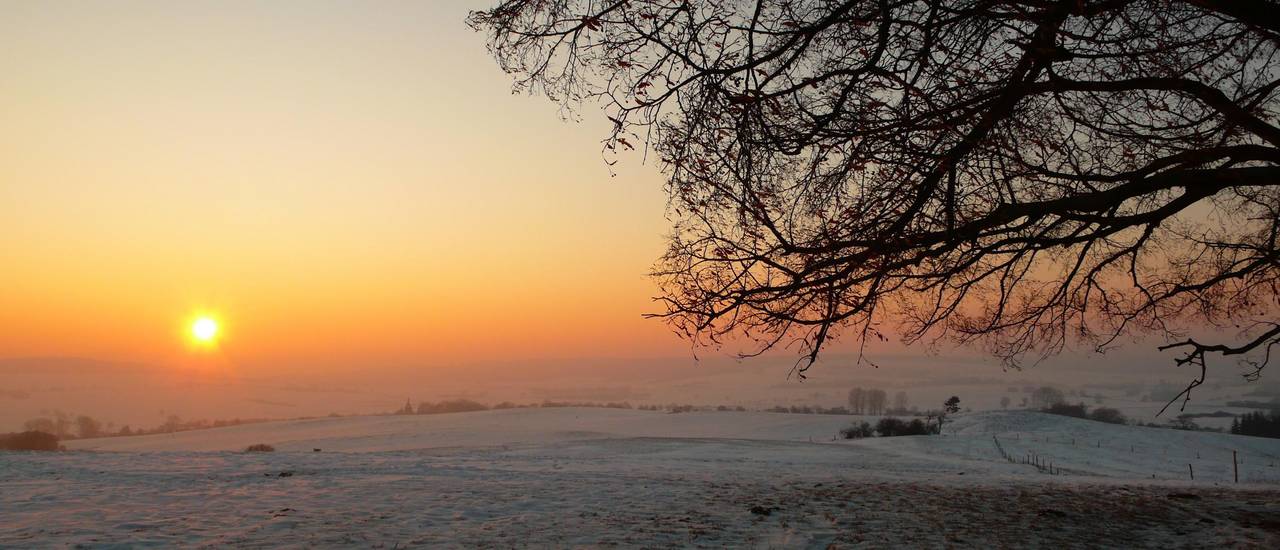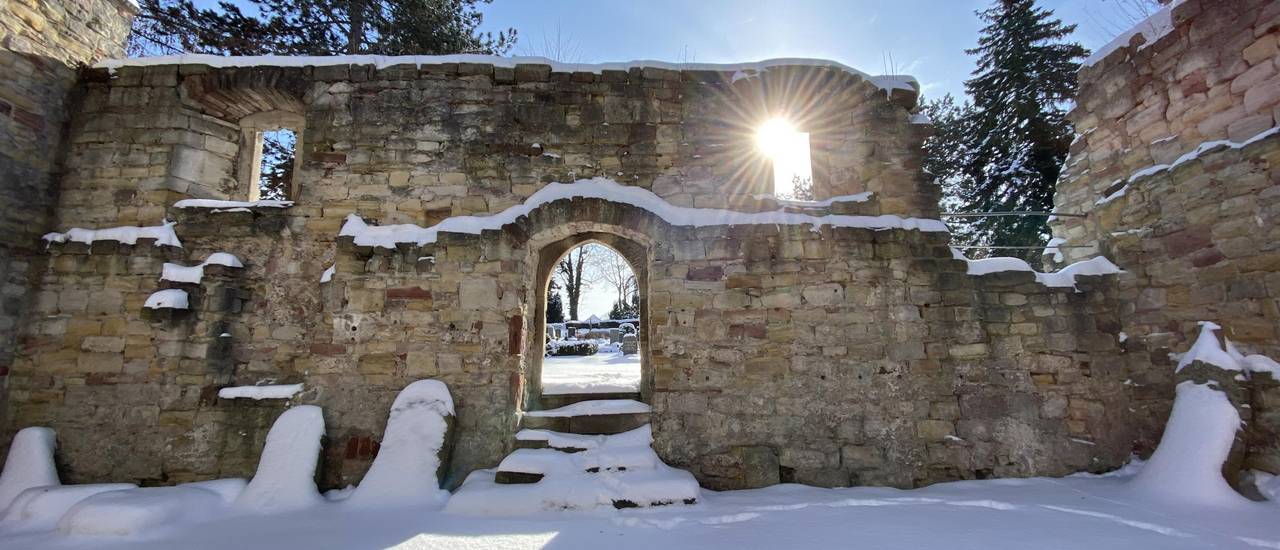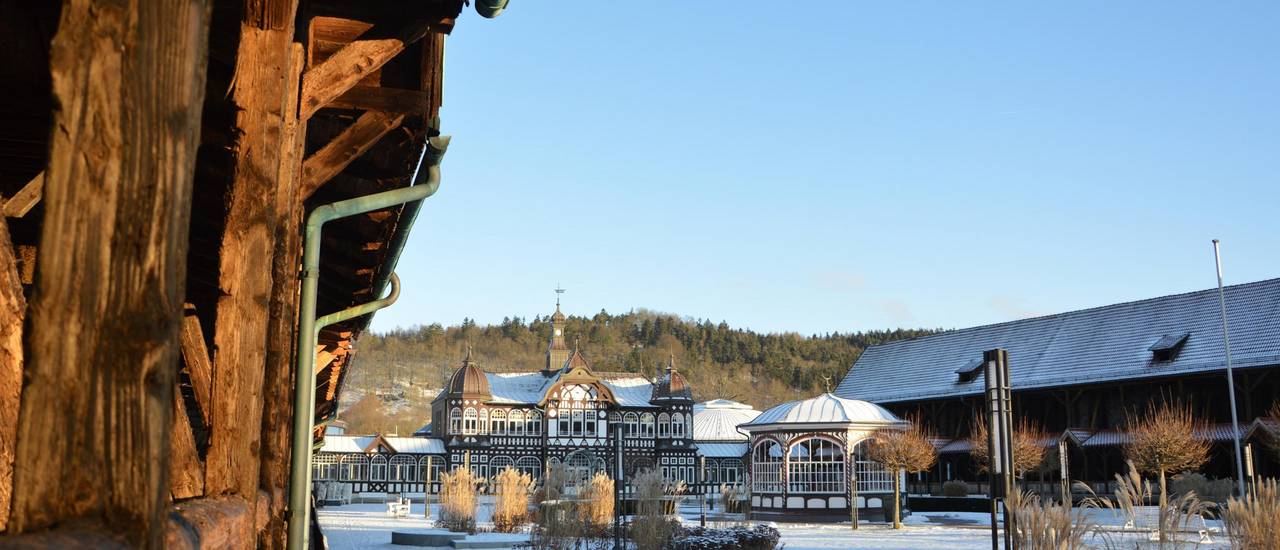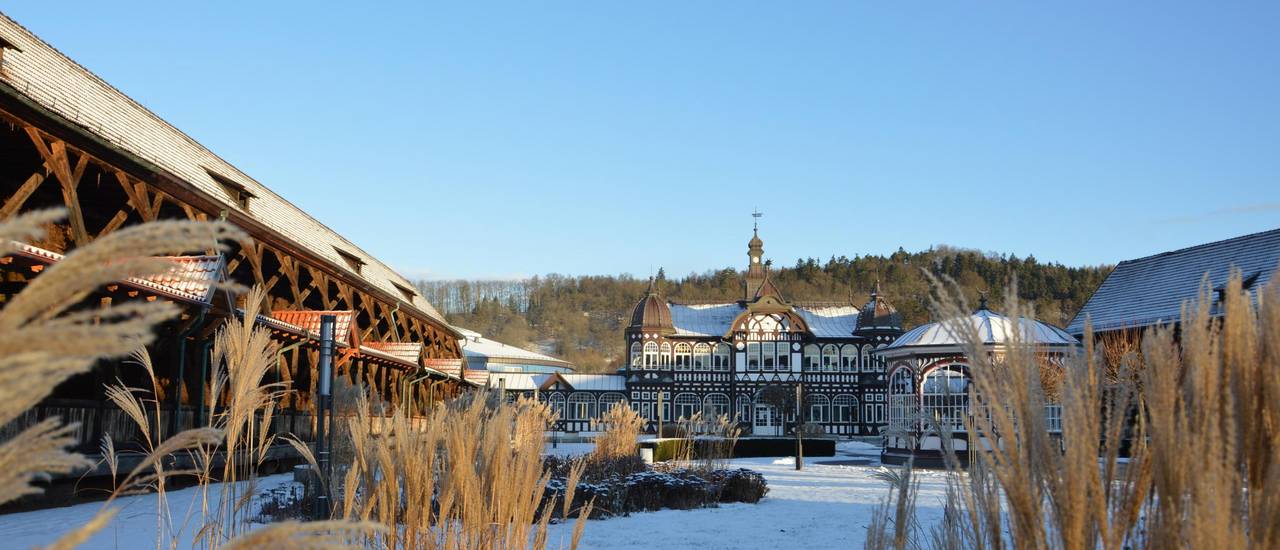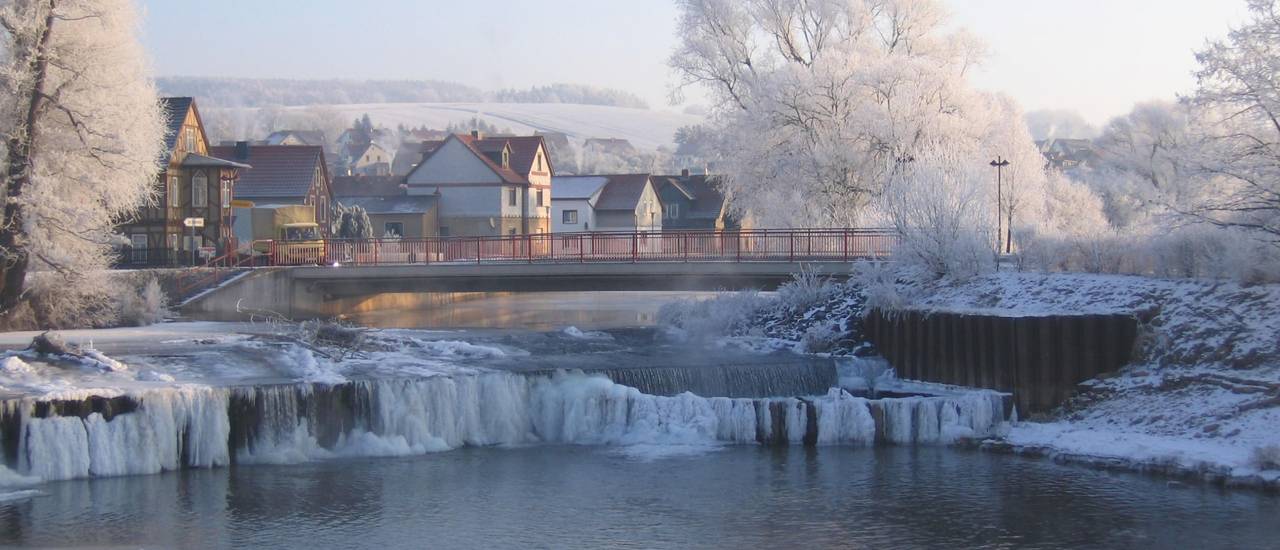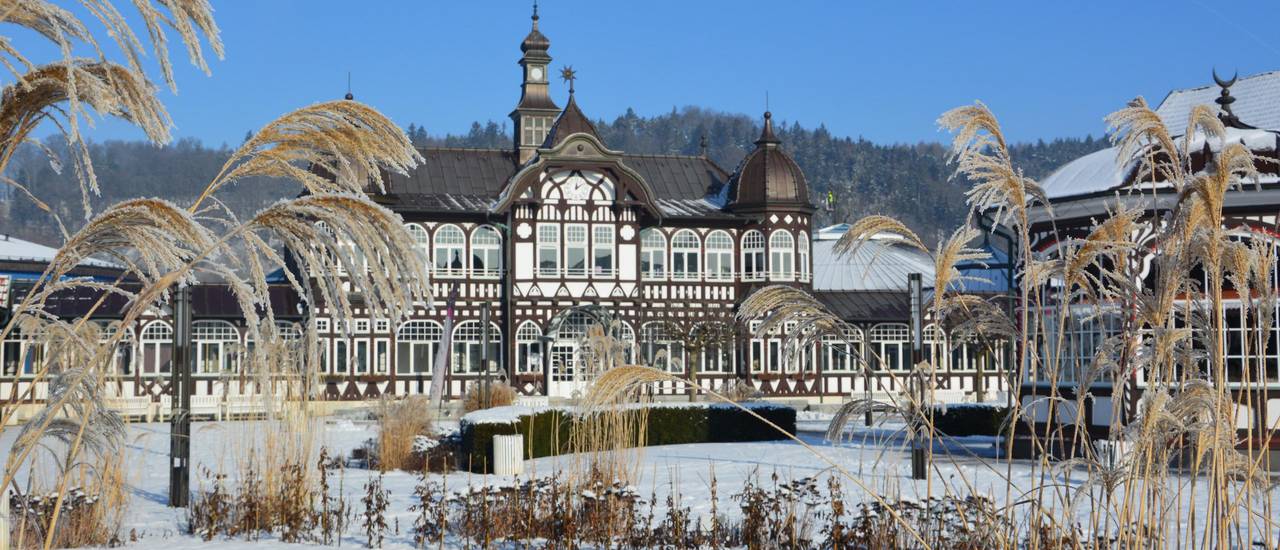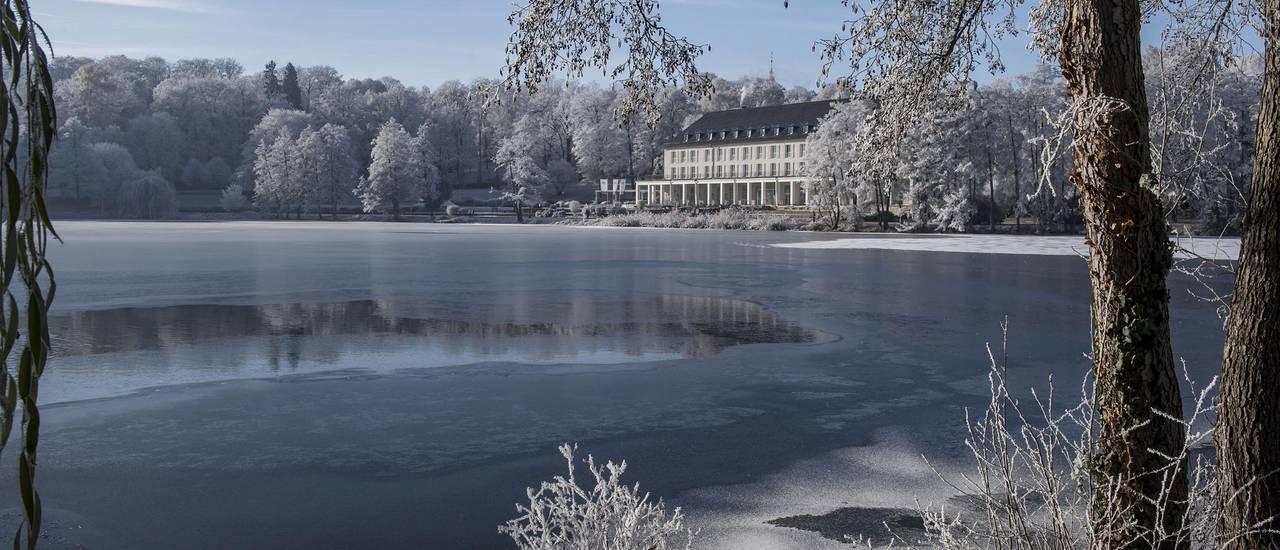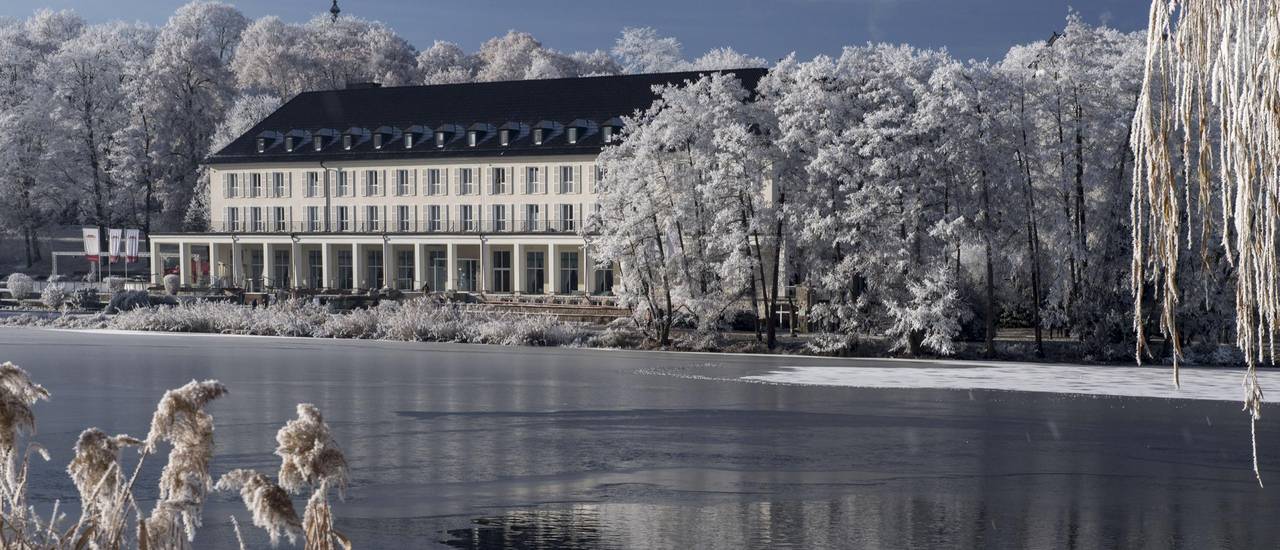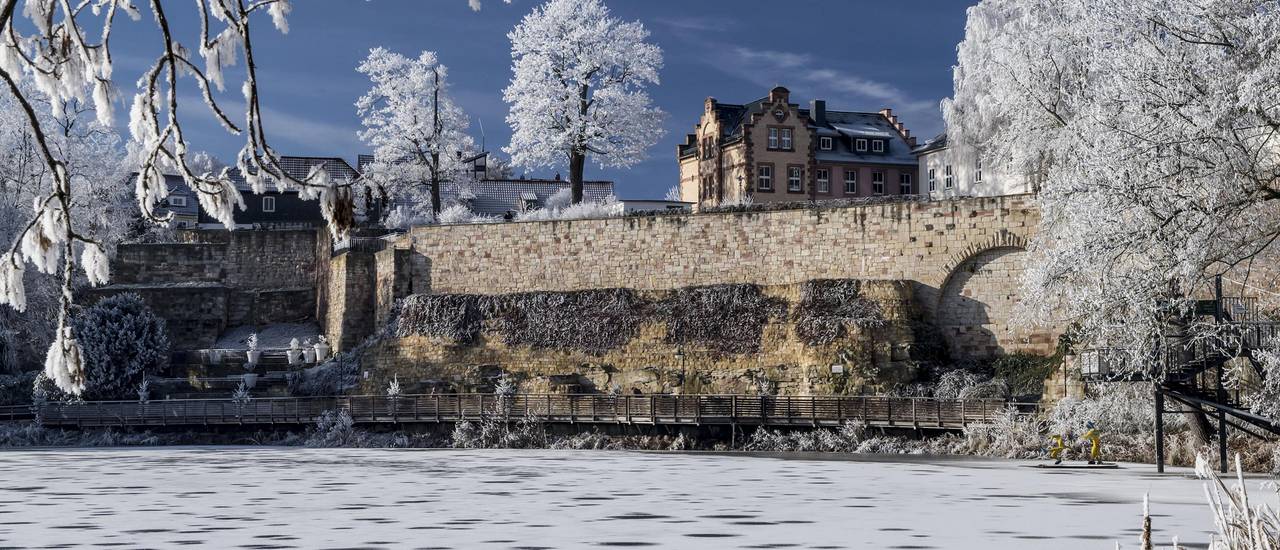Oberrohn
Oberrohn is located about four kilometres north-northwest of Bad Salzungen and three kilometres east of Tiefenort as the crow flies. Since the area reform of 1994, the town has belonged to Tiefenort until Tiefenort was incorporated into Bad Salzungen on the 6th of July 2018.
Changing history
Old documents show that Oberrohn (at that time still called Oberrod), in a deed of donation of Countess Ahlbrot dated 21 July 1058, was awarded to the monastery of Fulda. The name Oberrod is derived from "clearing", as this area previously consisted only of dense forests.
Over the years the name changed to Desert Ronaha until it was finally used as Oberrohn. The village itself consisted only of districts. Above the cottage yard and also in the winter box stood individual yards, which disappeared in the course of the centuries.
Allegedly there was also a district called Mittelrohn. In 1848, during earthworks, remains of walls of formerly inhabited buildings were found. A devastating flood is said to have destroyed them and displaced their inhabitants.
At the beginning of the 20th century, a manor with about 300 hectares of land was built in Oberrohn.
The lime works was built in 1910.
In 1945 many resettlers found a new home in Oberrohn. At the end of the 1950s, Oberrohn received a railway station with the great commitment of its citizens. On the 7th of November 1957 the LPG "7. November" Oberrohn was founded, which was gradually joined by all individual farmers. In order to guarantee a common cattle husbandry, a modern open stable with a herringbone milking system was built. At the beginning of the 1960s, all households were connected to the central drinking water supply and the sewage system was built. Subsequently, the consumer sales point, the restaurant and the multi-purpose building including the kindergarten were built.
Over the years, the fire brigade was given a new home. In 1980/82 the sports home was built. The young people had their own youth room. The post office and children's library were also housed in separate rooms. In 1980/82, the lime works built a social building to meet all requirements.
In 1991 the fire brigade building was extended and in 1993 Oberrohn received a fire engine as a gift thanks to a sponsorship association with the Hessian community of Herbstein.The community maintained further sponsorships to the Bavarian town of Tachlitung near Lake Chiemsee.
Röhrigshof and Hüttenhof
The districts Hüttenhof and Röhrigshof belong to Oberrohn. The two Röhrigshöfe - one distinguished between a lower Röhrigshof and an upper Röhrigshof - have merged with Oberrohn due to the expansion of the village. At the edge of the Lower Röhrigshof there was an important brickworks. In the 19th century, the Obere Hof or Großer Röhrigshof formed a fortification of the Oberrohn estate and was inhabited by five inhabitants.
When the Möhra area was given additional employment opportunities through copper mining, the small settlement of Hüttenhof was said to have developed. In the middle of the 19th century the Hüttenhof consisted of five residential buildings and was administratively connected to the neighbouring Gräfendorf.
Natural monuments
On the old road to Weißendiez you will find the oak tree. The natural monument marks the western boundary of the district, as do the Zeppelin pines.
Not far from the tree, the return journey of the naval airship L 55 from a combat mission in the First World War ended on the 20th of October 1917.
